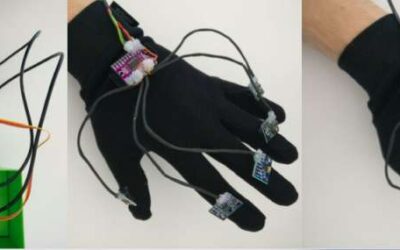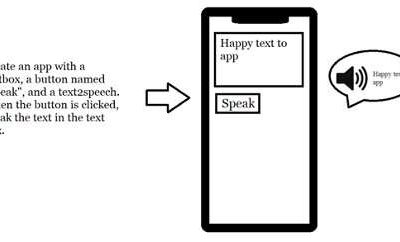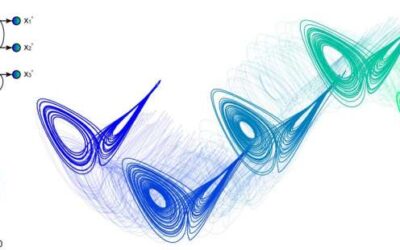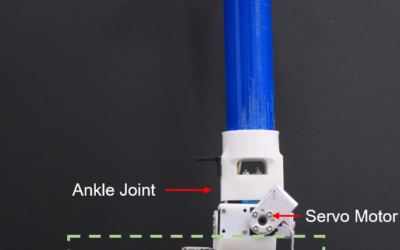Over the past few decades, computer scientists have developed a wide array of models and approaches to analyze different aspects of human behavior and communication, such as speech, emotions and gestures. Most existing techniques for hand gesture recognition rely on...
Computer Sciences
A bio-inspired technique to mitigate catastrophic forgetting in binarized neural networks
Deep neural networks have achieved highly promising results on several tasks, including image and text classification. Nonetheless, many of these computational methods are prone to what is known as catastrophic forgetting, which essentially means that when they are...
A social robot that could help children to regulate their emotions
In recent years, roboticists have developed a broad variety of social robots, robots designed to communicate with humans, assist them and support them in several different ways. This includes robotic toys and other robots designed to be used by children.
Text2App: A framework that creates Android apps from text descriptions
Researchers at Bangladesh University of Engineering and Technology (BUET) and University of California- Los Angeles (UCLA) recently developed a framework that can create Android applications from text descriptions. This new app was presented in a paper pre-published...
A recurrent neural network that infers the global temporal structure based on local examples
Most computer systems are designed to store and manipulate information, such as documents, images, audio files and other data. While conventional computers are programmed to perform specific operations on structured data, emerging neuro-inspired systems can learn to...
CaSiNo: A collection of campsite-based dialogs to develop automatic negotiation systems
Artificial agents that negotiate with humans could have a broad range of valuable applications, for instance, helping humans to improve their negotiation skills in a variety of fields. To enhance the development of these agents, researchers at the University of...
SurvNet: A backward elimination procedure to enhance variable selection for deep neural networks
In recent years, models based on deep neural networks have achieved remarkable results on numerous tasks. Despite their high prediction accuracy, these models are known for their "black-box" nature, which essentially means that the processes that lead to their...
CineMPC: An algorithm to enable autonomous drone-based cinematography
Emerging technologies such as artificial intelligence (AI) algorithms, mobile robots and unmanned aerial vehicles (UAVs) could enhance practices in a variety of fields, including cinematography. In recent years, many cinematographers and entertainment companies...
Examining how humans develop trust towards embodied virtual agents
Embodied virtual agents (EVAs), graphically represented 3D virtual characters that display human-like behavior, could have valuable applications in a variety of settings. For instance, they could be used to help people practice their language skills or could serve as...
A tactile sensing foot to increase the stability of legged robots
In order to effectively navigate real-world environments, legged robots should be able to move swiftly and freely while maintaining their balance. This is particularly true for humanoid robots, robots with two legs and a human-like body structure.










